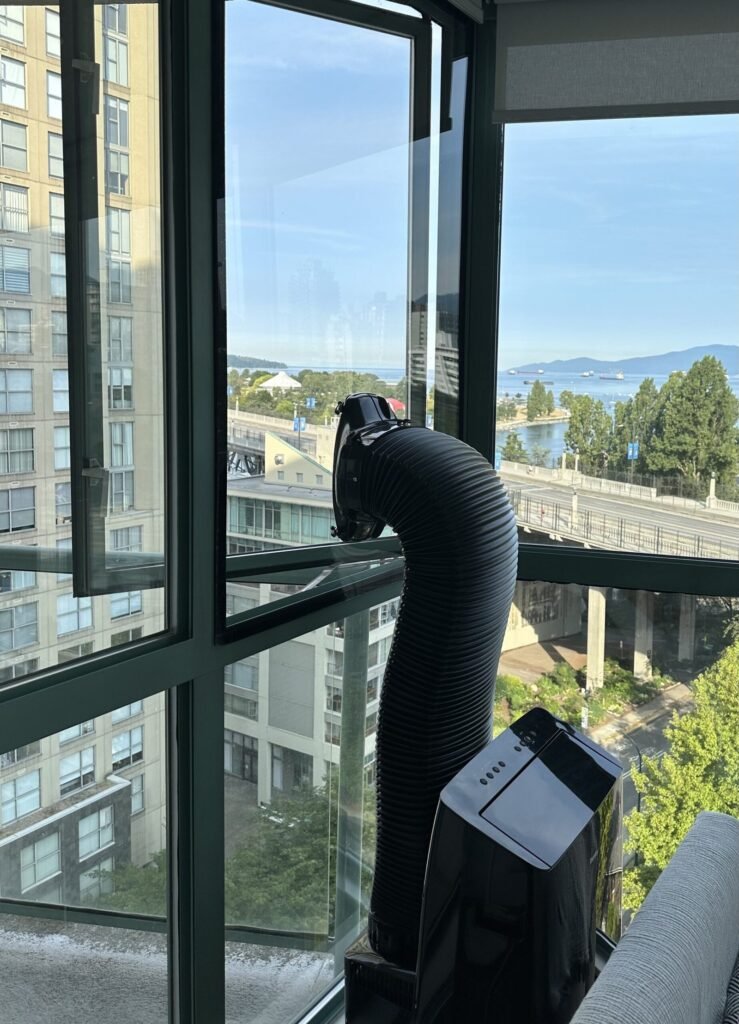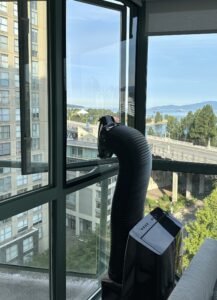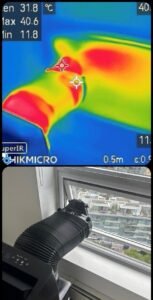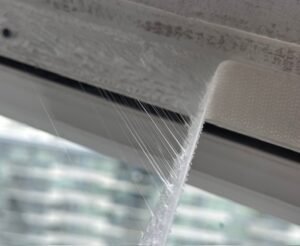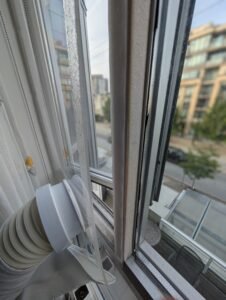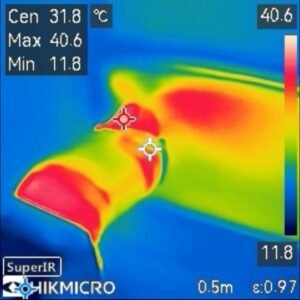Before investing in a dual-hose portable AC, it’s important to understand some of the common problems users encounter in real-world settings
Dual-hose portable air conditioners are popular for a reason. They offer efficient cooling, faster temperature drops, and better pressure control by drawing in outside air for the cooling process and expelling hot air through a separate hose. For many setups—especially with wide, sliding windows or casement windows that open at least 10 inches—they can be a great solution.
However, these units are not one-size-fits-all. Based on our hands-on experience at Aircon Rescue and consistent customer feedback, we’ve found that dual-hose ACs require specific conditions to perform at their best. In homes with limited window opening, awkward layouts, or tightly spaced rooms, they can be more difficult to install and maintain—and may not deliver the expected benefits.
Before you invest in one, it’s worth understanding the common challenges they present. Below, we break down eight real-world issues to consider when deciding if a dual-hose AC is the right choice for your space.
1. Adapter Required for Proper Panel Installation
When installing a dual-hose unit with one of our custom acrylic window panels, an adapter is required. These units come with a large oval adapter that must be clipped securely into the panel. We laser-cut a matching oval hole and fasten the adapter using zip ties to support the weight of the hose.
Attaching the hose directly to the panel without the adapter is not recommended. Repeated clipping and unclipping can crack even strong 4mm cast acrylic.
It’s also important to note that not all retailers include this adapter. For example, Costco often does not. If your unit doesn’t come with one, we offer replacements for $55 or you can order directly from the manufacturer.
2. Hoses Are Often Too Short
A common issue with dual-hose units is that the included hoses are too short to reach taller or higher windows. This often forces users to place the AC unit on a raised surface such as a table, chair, or cabinet.
This workaround is not only inconvenient—it creates a tipping hazard that could result in serious damage. In contrast, single-hose ACs typically use standard round hoses that can be extended more easily to accommodate high or awkward window placements.
3. Poor Quality Adapter Clips
While the AC unit itself may feature a sleek, modern design, the plastic clips that connect the hose to the window adapter are often fragile and prone to breaking. These clips are responsible for securing the hose in place, but they can easily snap with repeated use, slight misalignment, or pressure during installation. Over time, this can lead to poor hose connection, air leaks, and added frustration during setup or daily use.
4. Limited Hose Flexibility
The oval hose design used in dual-hose systems offers very little flexibility. This often means the AC must be positioned directly in front of the window, leaving limited options for unit placement.
This can be especially problematic in small rooms or layouts where furniture is nearby. In many cases, cold air ends up blowing directly onto beds or seating areas, and trying to reposition the hose can result in kinks or connection issues.
5. Casement and Awning Window Limitations
Casement (side-hinged) and awning (top-hinged) windows are particularly challenging for dual-hose AC units. These window types typically open less than 10 inches, which restricts airflow and interferes with the unit’s intended design.
When exhaust air bounces off a partially opened window and flows back into the intake, the AC may overheat and shut down. This heat buildup can also damage the AC panel, causing the adhesive Velcro to soften, melt, or separate from the window frame or panel.
6. Overheating and Back Pressure
When exhaust air can’t properly exit through the window, it creates back pressure within the unit. The AC has to work harder to maintain airflow, placing strain on the compressor and increasing internal temperatures. In many cases, exhaust temperatures can spike as high as 130–150°F.
This kind of heat can reduce the unit’s lifespan, lower cooling performance, and lead to adhesive failure on custom window panels.
7. Limited Efficiency in Real-World Conditions
Dual-hose ACs are often praised for their efficiency, but this advantage is highly dependent on ideal conditions: a fully open window, perfect sealing, and clear airflow paths.
In typical residential environments, these conditions are rare. Narrow window openings, limited placement options, and imperfect connections often reduce the effectiveness of the dual-hose design.
Our Recommendation
If you have a low, wide sliding window or a casement window that opens at least 10 inches, and plenty of floor space, a dual-hose portable AC may work well. But if your window is tall, narrow, or hinged with less than a 10-inch opening—or if your room layout is tight—a high-quality single-hose AC will be the better, more reliable choice.
Single-hose units are:
- Easier to install
- More adaptable with hose extensions
- Less likely to overheat or cause panel damage
Final Thoughts
Dual-hose portable ACs can offer great performance—but only in the right environment. Many customers are drawn to their features without realizing the limitations tied to window design and room layout. At Aircon Rescue, we recommend carefully considering your window type, space, and installation requirements before choosing a unit.

